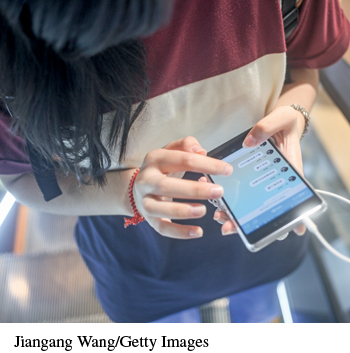What Is a Test of Significance?
22
What Is a Test of Significance?

CASE STUDY A February 5, 2015, article in Inside Higher Education reported that college students today are spending less time socializing face-
Every year since 1985, the Higher Education Research Institute at UCLA has conducted a survey of college freshmen. The 2014 survey involved a random sample of 153,015 of the more than 1.6 million first-
The Inside Higher Education article included a quote from the current director of a foundation that works to prevent suicide among students. He noted that time spent on social media is replacing time spent hanging out in person with friends, but even though the ways students are interacting is different, they are still finding ways to connect with each other.
The sample size in the 2013 survey was 165,743, so the findings reported come from two very large samples. Although different percentages were reported in 2013 and 2014, changes in the percentages are small. Could it be that the difference between the two samples is just due to the luck of the draw in randomly choosing the respondents?
In this chapter, we discuss methods, called tests of significance, that help us decide whether an observed difference can plausibly be attributed to chance. By the end of this chapter, you will know how to interpret such tests and whether the differences in the Higher Education Research Institute’s surveys of college freshmen can be plausibly attributed to chance.